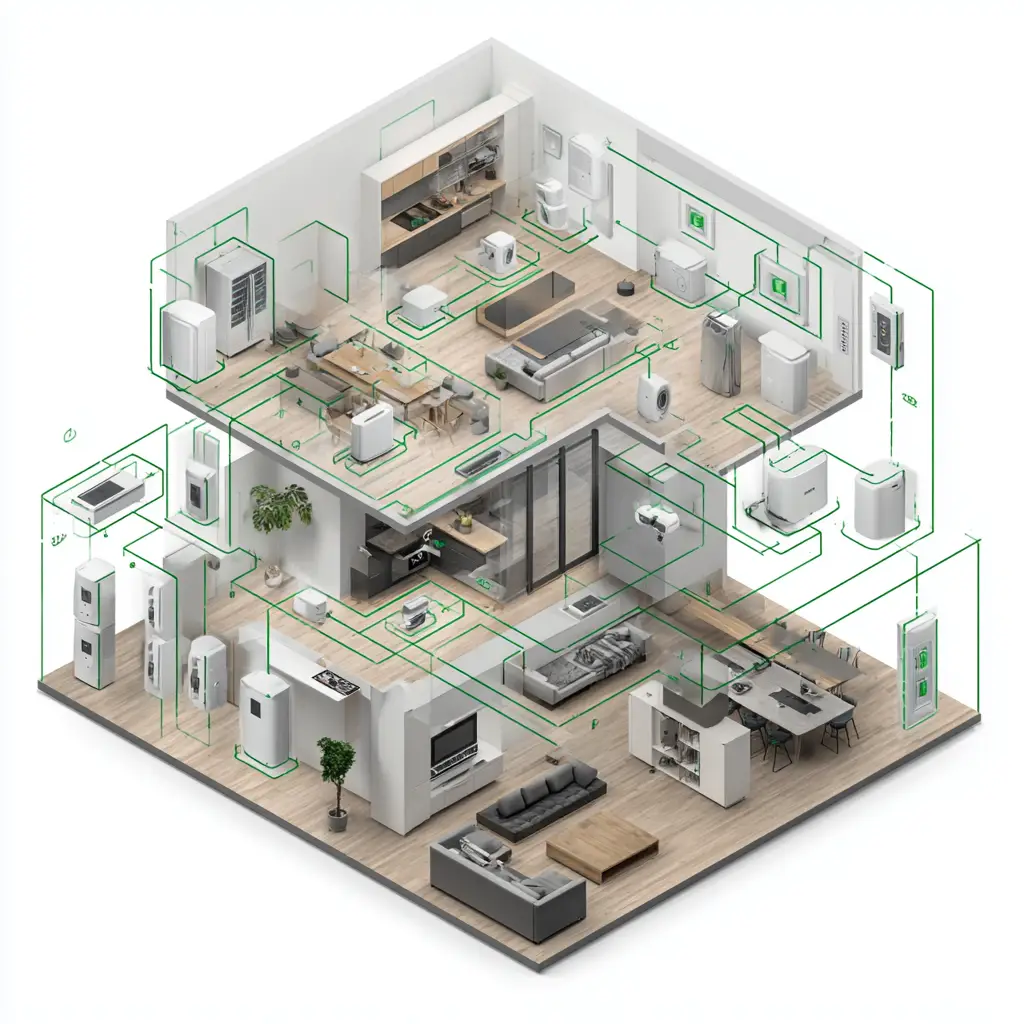You’ve poured hours into planning, configuring, and fine-tuning your Thinking Home. Automations hum in the background, lights anticipate your presence, and security is tighter than ever. It feels invincible. Then, one day, without warning, the brain of your operation goes silent. No response. No lights. Just… nothing.
This wasn’t a hypothetical scenario for me; it was a frustrating reality during my time in the Smart RV. The heart of that system was a Mini-PC running Home Assistant. One day, it simply failed . Suddenly, the RV, which had been a marvel of automation, reverted to being just a regular, dumb vehicle. My system was unresponsive, and I was left staring at a blank screen, with no immediate way to diagnose the problem. Was it the RAM? Was it the SATA drive?
I found myself in a bind: trapped with a non-functional system, I had to order both components online, hope I made a proper diagnosis, and endure a three-day wait until they arrived. For three days, my Thinking Home was a lifeless shell. When the parts finally arrived, a simple RAM swap brought the system back to life. Months later, it happened again, and this time, the spare SATA drive was the savior.
This experience taught me a profound and non-negotiable lesson: any piece of hardware can, and eventually will, fail. Relying on a single point of failure for your home’s intelligence is a gamble no Thinking Home owner should take. It solidified the principle that a truly reliable system isn’t just about robust components, but about a comprehensive recovery plan.
This personal setback directly led to one of the core tenets of The Thinking Home: Hardware Redundancy. I immediately ordered a second, identical Mini-PC, configured it with Home Assistant, and stored it away as a cold spare. The old adage holds true: if you don’t plan for hardware failure, it’s almost guaranteed to happen at the most inconvenient time. But if you are fully prepared, your backup may never be needed.
This philosophy extends beyond just your central hub. For any critical safety or security sensor or devices in harsh environments, keeping a spare on hand is a wise investment. The Thinking Home guides you through creating your own robust recovery plan, emphasizing a multi-layered strategy that includes:
- Maintaining Cold Spares for critical hardware.
- Adhering to the 3-2-1 Rule for software backups (three copies of your data, on two different types of media, with one copy off-site).
- Crucially, safeguarding your coordinator’s radio memory, which contains the unique network key and pairing information for all your Zigbee and Z-Wave devices.
By taking these steps, you transform a potential catastrophe into a manageable inconvenience, ensuring your intelligent home can be fully resurrected, preserving the comfort, security, and peace of mind it provides for your family.
For a complete guide to protecting your smart home from hardware failures and data loss, refer to Appendix N: Your Recovery Plan: Backup and Restore Strategy in The Thinking Home.

